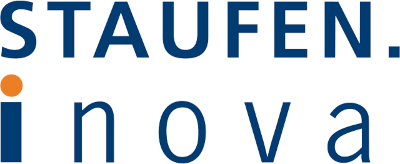
Congestion – Three events this year, international and domestic, demonstrated in an impressive way what congestion means:
1) «Yantian International Container Terminal» in Shenzhen, closure due to Corona, result mega traffic jam during loading
2) «Ever Given» in the Suez Canal, ship blocked canal, result mega traffic jam on the route
3) «Holiday traffic jam at Gotthard north portal», flow throttling, result 3h waiting time
All three events have in common that what should arrive at the right time, does not arrive at the right time.
In the early 1990s, the two solid-state physicists Kai Nagel and Michael Schreckenberg developed the Nagel-Schreckenberg model named after them and answered the question of whether the «traffic jam from nowhere» exists. Yes there is and the causes are overreaction as well as dawdling. Further experiments followed. Today, the «three ingredient theory» is accepted: High volume, spatial inhomogeneity and acute disturbance.
Do we find the phenomenon of «congestion in the company» as well? Here, too, we can answer with a clear «yes» and with the «three-ingredient theory» we already have an approach on how to detect the risk for congestion at an early stage.
How do we detect congestion risks in the company and along the supply chain? The foundation is lean management.
The 3 ingredients to detect congestion causes and risks early:
1) Classic: Using value stream – we sit on the “parts” and race through the company or through the supply chain
2) Digital: Process mining with real-time data from the systems
3) Simulation: Searching networks for potential disruptions, optimizing the area of conflict between time, costs, quality, plus statements about risks and sustainability Creating transparency and breaking new ground, Staufen.Inova, your partner for excellence.


